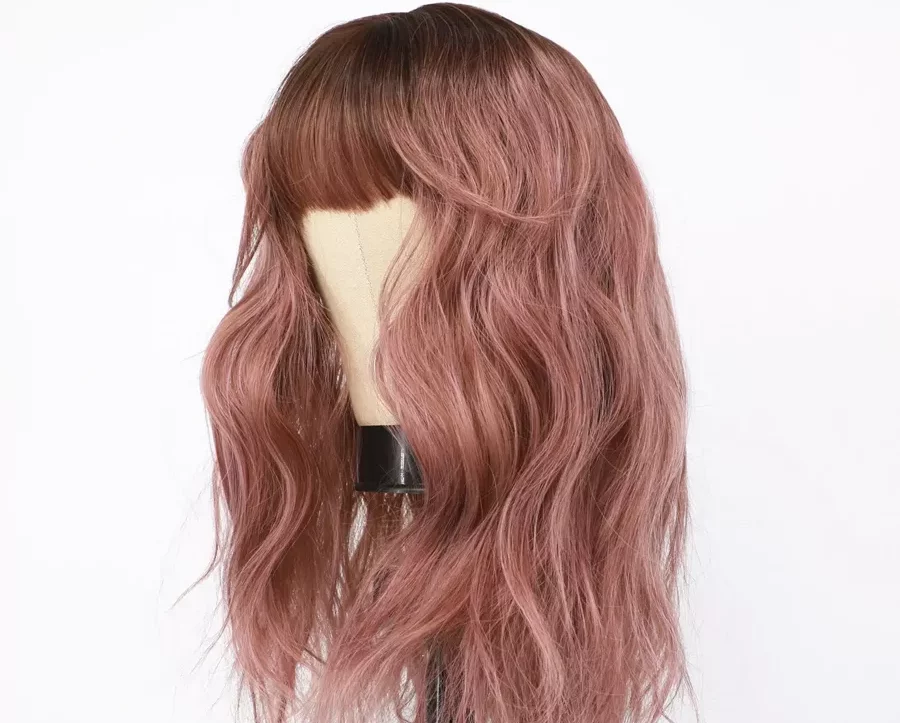In response to the escalating costs of hair attachments, women across the Federal Capital Territory (FCT) are contemplating the prospect of reusing these items to mitigate financial strains.
Several women, interviewed separately by the News Agency of Nigeria (NAN) in Abuja on Thursday, expressed their concerns over the increasingly prohibitive expenses associated with maintaining their hair, alongside other essential goods and services.
NAN’s investigations reveal that in December 2023, the prices of hair attachments ranged from N3,500 to N4,500, varying depending on factors such as size and brand. However, as of January 2024, these prices have surged, now fluctuating between N5,000 to N6,000. This steep hike has led many women to explore alternative hairstyles such as natural hair, dreadlocks, low haircuts, and the use of wigs as substitutes for traditional braiding.
Mrs. Funke Ajayi, a banker residing in Bwari, disclosed her decision to reuse her hair attachments multiple times in light of the recent price surge. She shared her experience of purchasing two attachments for N10,000 solely for the attachment, with additional costs incurred for hair styling. Ajayi expressed her inclination towards reverting to traditional practices of reusing loose hair attachments, emphasizing the necessity to adapt as prices continue to rise.
However, Ajayi acknowledged that if financially viable, she would opt for human hair attachments due to their durability and ease of maintenance, despite their higher cost.
Echoing similar sentiments, Mrs. Agnes Omali highlighted the importance of cost-saving measures, especially for families with multiple daughters requiring hair maintenance. She affirmed her readiness to reuse hair attachments to alleviate financial burdens.
Furthermore, Mrs. Gloria Usman emphasized her ability to extend the lifespan of hair attachments by reusing them for up to three weeks, provided she changes her hairstyle. Yet, she noted her reluctance to reuse attachments for hairstyles lasting over two months, suggesting a threshold where disposal becomes necessary.
Similarly, Miss Titi Ibidapo, an undergraduate student, deliberated on her options amidst escalating prices, contemplating whether to opt for cheaper brands, reuse attachments, or adopt a low-cut hairstyle for practicality, particularly in hot weather conditions.
As the cost of hair maintenance products continues to rise, women in the FCT are compelled to rethink their grooming routines, considering more economical yet stylish alternatives to cope with the financial strain.


